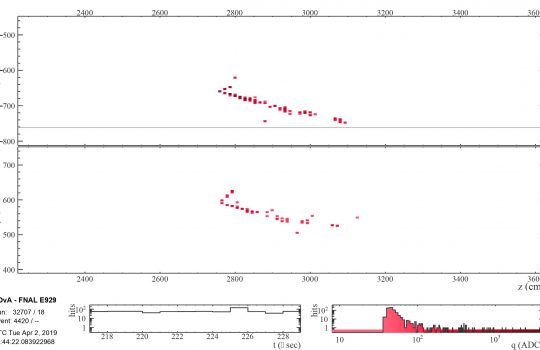In preparation for DUNE, scientists examine modern nuclear theory for neutrino oscillation physics
From Phys.org, August 21, 2023
Current understandings of neutrino-nucleon interactions rely on data from experiments in the 1970s and ’80s. However, by using lattice quantum chromodynamics to predict stronger neutrino-nucleon interactions, scientists can determine oscillation properties of the elusive neutrinos in Fermilab’s DUNE experiment and other neutrino oscillation experiments.



